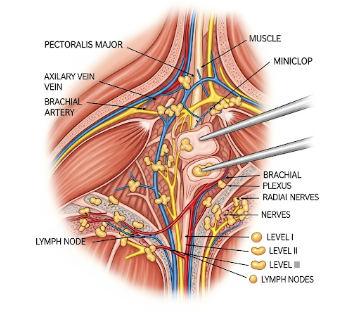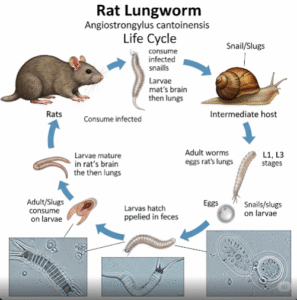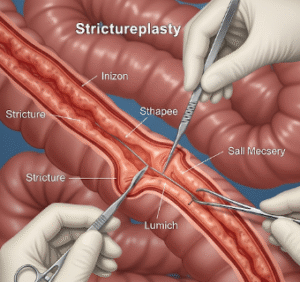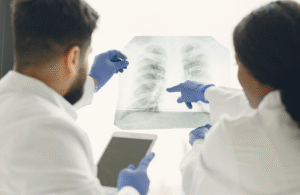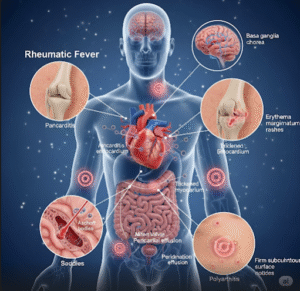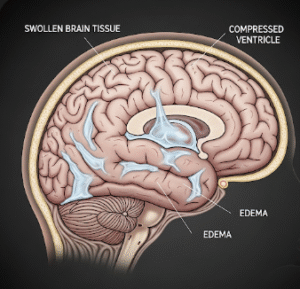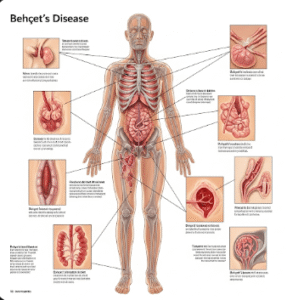Overview
Axillary Lymph Node Dissection (ALND) is a surgical procedure used to remove lymph nodes from the underarm (axilla), primarily to assess and treat the spread of breast cancer or other cancers. The procedure helps determine cancer staging, guides treatment decisions, and can reduce the risk of recurrence.
In Korea, ALND is performed in advanced surgical oncology centers by highly skilled breast and thoracic surgeons. Hospitals use state-of-the-art operating rooms, intraoperative imaging, and meticulous surgical techniques to minimize complications and ensure optimal recovery. Post-surgery, patients receive comprehensive rehabilitation and lymphatic care to reduce side effects such as lymphedema.
What is Axillary Lymph Node Dissection?
ALND involves the surgical removal of lymph nodes located in the axilla (underarm). The number of nodes removed can vary, typically 10–20 nodes, depending on disease extent and surgical plan.
Key points:
- Primarily used in breast cancer staging and treatment
- Can also be indicated for melanoma or other cancers with axillary spread
- Helps determine prognosis and guide adjuvant therapies such as chemotherapy, radiotherapy, or hormonal therapy
- Can be performed alone or following a sentinel lymph node biopsy (SLNB) if cancer is detected
What are the benefits?
- Accurate cancer staging, which guides treatment planning
- Reduces risk of cancer recurrence in the axilla
- Provides tissue for pathological evaluation to determine extent of spread
- ✅ Can be combined with breast-conserving surgery or mastectomy
- ✅ In Korea, surgeons use precision techniques to minimize nerve and lymphatic injury
- ✅ Post-operative rehabilitation programs improve arm mobility and reduce complications
Procedure Details
1) How should I prepare for Axillary Lymph Node Dissection?
- ➤ Comprehensive preoperative evaluation, including imaging (ultrasound, MRI, or PET-CT)
- ➤ Discuss medications, particularly blood thinners, with your physician
- ➤ Pre-surgery counseling on procedure, risks, post-operative care, and lymphedema prevention
- ➤ Arrange family support and transportation, as mobility may be limited after surgery
- ➤ Perform arm exercises as instructed by your surgeon or physiotherapist
2) What happens during the procedure Axillary Lymph Node Dissection?
- ✅ Performed under general anesthesia
- ✅ A surgical incision is made in the underarm to access lymph nodes
- ✅ Surgeon carefully removes lymph nodes while preserving important nerves and blood vessels
- ✅ The number of nodes removed depends on cancer involvement and intraoperative findings
- ✅ Incision is closed with sutures or surgical staples, and a drain may be placed to prevent fluid accumulation
- ✅ Surgery duration typically ranges from 1–2 hours, depending on the extent of dissection
3) What happens after an Axillary Lymph Node Dissection?
- ➤ Patients are monitored in the recovery area or hospital ward
- ➤ Drain management is important to prevent fluid accumulation (seroma)
- ➤ Pain management and antibiotics may be administered
- ➤ Arm mobility exercises begin gradually to prevent stiffness and lymphedema
- ➤ Full recovery may take several weeks, with follow-up visits to monitor healing and complications
Risks / Benefits
Potential Risks:
- ➤ Lymphedema (swelling of the arm due to impaired lymph drainage)
- ➤ Numbness or tingling from nerve injury
- ➤ Seroma (fluid accumulation) under the arm
- ➤ Limited range of motion or stiffness
- ➤ Infection or bleeding at the surgical site
Benefits:
- ✅ Provides accurate staging and prognostic information
- ✅ Reduces the risk of cancer recurrence in the axillary region
- ✅ Supports tailored adjuvant therapy decisions
- ✅ In Korea, hospitals use precision techniques and post-operative care to minimize risks
- ✅ Improves long-term survival and quality of life when combined with comprehensive cancer treatment
Recovery and Outlook
- Hospital stay: Usually 1–3 days, depending on surgery extent and patient condition
- Activity: Gradual arm movement is encouraged; heavy lifting is restricted for several weeks
- Drain care: Drains are usually removed within 1–2 weeks
- Physical therapy: Arm and shoulder exercises reduce stiffness and risk of lymphedema
- Long-term outcomes: Most patients regain full arm function, though some may experience mild numbness or swelling
- Lifestyle: Regular follow-up and lymphedema prevention strategies are essential for long-term health
When To Call the Doctor
- ➤ Fever or signs of infection at the incision site
- ➤ Excessive swelling, redness, or pain in the arm
- ➤ Persistent numbness, tingling, or weakness
- ➤ Fluid leakage or seroma that does not resolve
- ➤ Difficulty moving the arm despite physical therapy
Best Korea Option / Process
- ✅ Korea provides specialized breast and oncology centers with high expertise in ALND
- ✅ Hospitals offer state-of-the-art operating rooms, sentinel node mapping, and precision surgical tools
- ✅ Post-operative care includes lymphedema prevention, physiotherapy, and long-term monitoring
- ✅ International patients benefit from VIP services, English-speaking coordinators, and comprehensive follow-up care
- ✅ Experienced surgeons ensure optimal removal of lymph nodes while minimizing complications
- ✅ High success rates make Korea a preferred destination for breast cancer surgery and lymph node management

